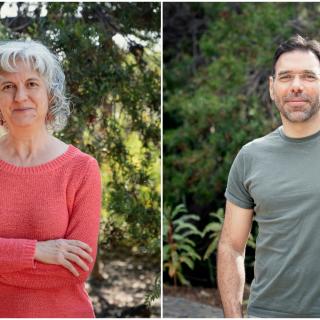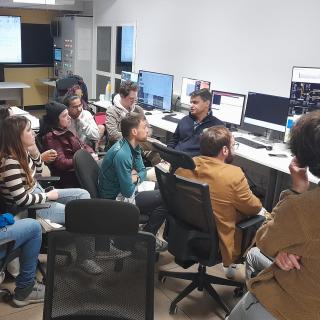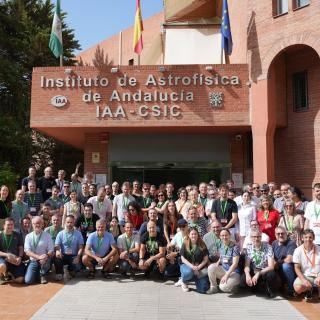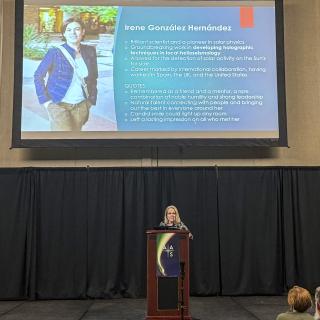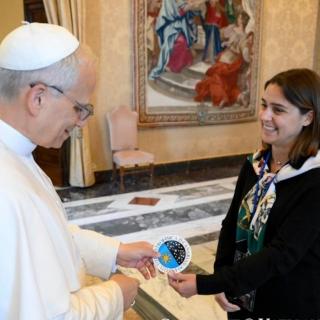
The image of the moment was featured by Vatican News as the headline of its news channel. Two young researchers from the Instituto de Astrofísica de Canarias (IAC), Stella Tsilia and Jun-Yan Zhang (Jerry), participated in the Vatican Observatory Summer School 2025, held from 1 to 27 June at the Vatican Observatory in Castel Gandolfo (Italy). During the audience granted by His Holiness Pope Leo XIV to the course participants, Tsilia and Zhang presented the Pontiff with a sticker bearing the IAC logo as a token of gratitude and institutional recognition. The gesture was picked up by the
Advertised on
